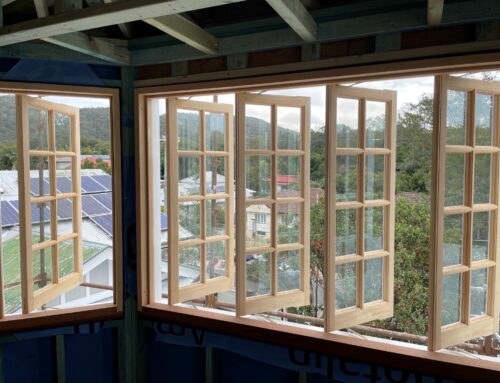So as the holiday period comes to an end for thousands of people today, the new work year begins. Being a personal injuries lawyer, I have managed numerous work related claims over 20 years. So many in fact, that I cannot recall every claim precisely. However, what I do know with clarity is that work related injuries fall into particular categories. Whilst not all injuries are avoidable, there are steps employers can take to minimise the risk of an injury happening. The identification of the potential hazard and the type of injury which could be caused by such hazard, is the first step in managing workplace risk.
- Strains and Sprains – these can be caused by lifting, pushing, pulling and other manual handling activities at work. The most common type of strain/sprain injury is that to the lower back. A study by the University of Sydney in 2014 found that lower back pain, linked to workplace factors, accounted for one third of all work related disability worldwide and that in Australia, back pain is the leading cause of lost work days. Training in manual handling and supervision of workers is essential to ensure proper manual handling procedures are being adopted and enforced in the workplace.
- Slips, Trips and Falls – working at heights presents the risk of falling and employers must provide proper training and safety equipment to prevent such potentially fatal falls. These type of injuries also occur at ground level. Employers must ensure that the workplace floor, steps, ramps and stairs are slip resistant; free of obstacles and regularly cleaned. Further the workplace should be well lit and good housecleaning maintained to minimise the risk of these type of injury.
- Mental Stress – stress at work can lead to a mental disorder such as depression. Stress can be caused by many things including workload; bullying and harassment; conflict with co-workers/boss and exposure to a traumatic incident or event. The increase in the awareness of mental illness over time has ensured that employers are on notice of the prevalence of non physical injuries thus ensuring they have appropriate policies and procedures in place to identify and manage work related stress.
- Being hit by falling objects – whilst these types of events are not common place, they are not rare. According to Safe Work Australia statistics, in 2016, 18% of workplace fatalities were caused by being hit my a moving object or by a falling object.
As a worker always ensure that if you identify a hazard or potential risk at work that you report it to your supervisor or management. This will ensure the employer is on notice of the hazard and can take steps to minimise the risk of injury associated with such hazard.






